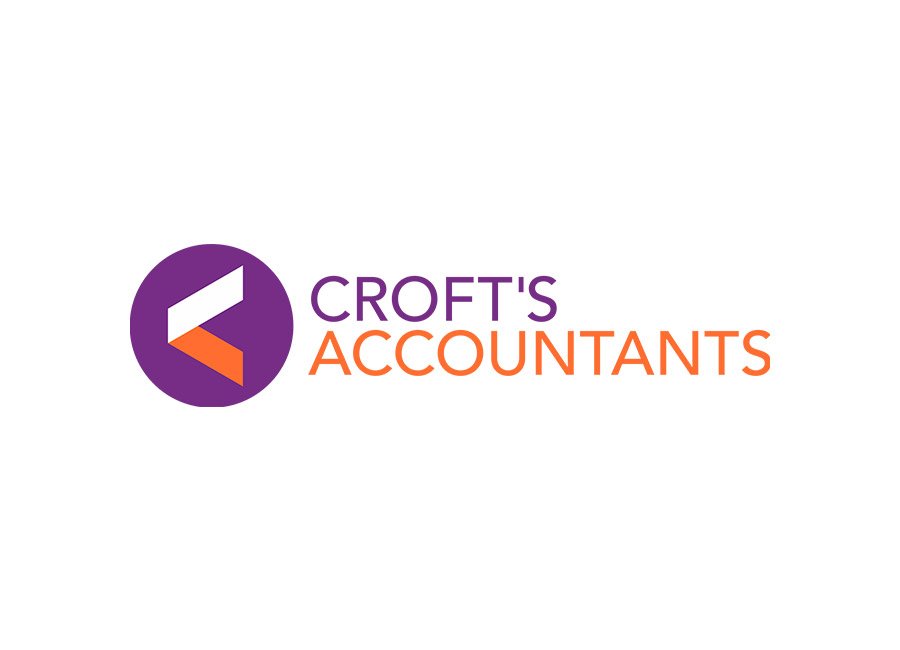Looking to buy a used car? This comprehensive guide will walk you through all the details and procedures involved in purchasing a pre-owned vehicle. Whether you’re a first-time buyer or a seasoned pro, these simple, easy-to-understand explanations will ensure you make an informed decision. Let’s dive in!
Section 1: Research and Planning
1.1 Understanding Your Needs:
- Determine your budget, preferred car type, and features you require.
- Consider factors such as fuel efficiency, maintenance costs, and insurance rates.
1.2 Researching Car Models:
- Explore different car models that fit your needs and budget.
- Read online reviews, compare specifications, and check reliability ratings.
- Consider factors like mileage, age, and resale value.
1.3 Setting a Realistic Budget:
- Calculate your budget based on upfront costs, ongoing expenses, and financing options.
- Consider factors like purchase price, insurance, fuel costs, maintenance, and repairs.
Section 2: Finding Used Cars for Sale
2.1 Dealerships:
- Visit local dealerships and explore their used car inventory.
- Take advantage of the expertise and warranties offered by dealers.
2.2 Private Sellers:
- Check online classifieds, local newspapers, and community boards for private listings.
- Contact sellers to gather information and arrange test drives.
2.3 Online Marketplaces:
- Utilize popular online platforms dedicated to buying and selling used cars.
- Filter search results based on your preferences, location, and budget.
Section 3: Inspecting and Evaluating Used Cars
3.1 Visual Inspection:
- Examine the car’s exterior for dents, scratches, and signs of repair.
- Check the interior for cleanliness, wear and tear, and functionality.
3.2 Mechanical Inspection:
- Hire a qualified mechanic to inspect the car’s mechanical components.
- Evaluate the engine, brakes, suspension, and electrical systems for any issues.
3.3 Vehicle History Report:
- Request a vehicle history report to check for accidents, previous owners, and maintenance records.
- Look for any red flags that may indicate hidden problems.
Section 4: Test Driving and Negotiating
4.1 Test Drive:
- Schedule a test drive to assess the car’s performance, handling, and comfort.
- Pay attention to acceleration, braking, steering, and any unusual noises.
4.2 Price Negotiation:
- Research the market value of similar used cars to negotiate a fair price.
- Consider factors like the car’s condition, mileage, and any necessary repairs.
4.3 Pre-Purchase Inspection:
- If needed, request a professional inspection to identify any hidden issues.
- Use the inspection report as leverage during price negotiations.
Section 5: Completing the Purchase
5.1 Vehicle Documentation:
- Ensure all necessary documents, including the title, registration, and transfer forms, are in order.
- Verify the vehicle identification number (VIN) matches the paperwork.
5.2 Financing Options:
- Explore financing options and choose the best one for your financial situation.
- Compare interest rates, loan terms, and monthly payments.
5.3 Closing the Deal:
- Complete the necessary paperwork, including the purchase agreement and bill of sale.
- Make payment arrangements and finalize the transaction.
Conclusion:
Buying a used car can be an exciting and cost-effective choice. By following this comprehensive guide, you can confidently navigate the process from start to finish. Remember to conduct thorough research, inspect the car carefully, and negotiate wisely. With these steps, you’ll find the perfect used car that meets your needs and budget. Happy car hunting!

















